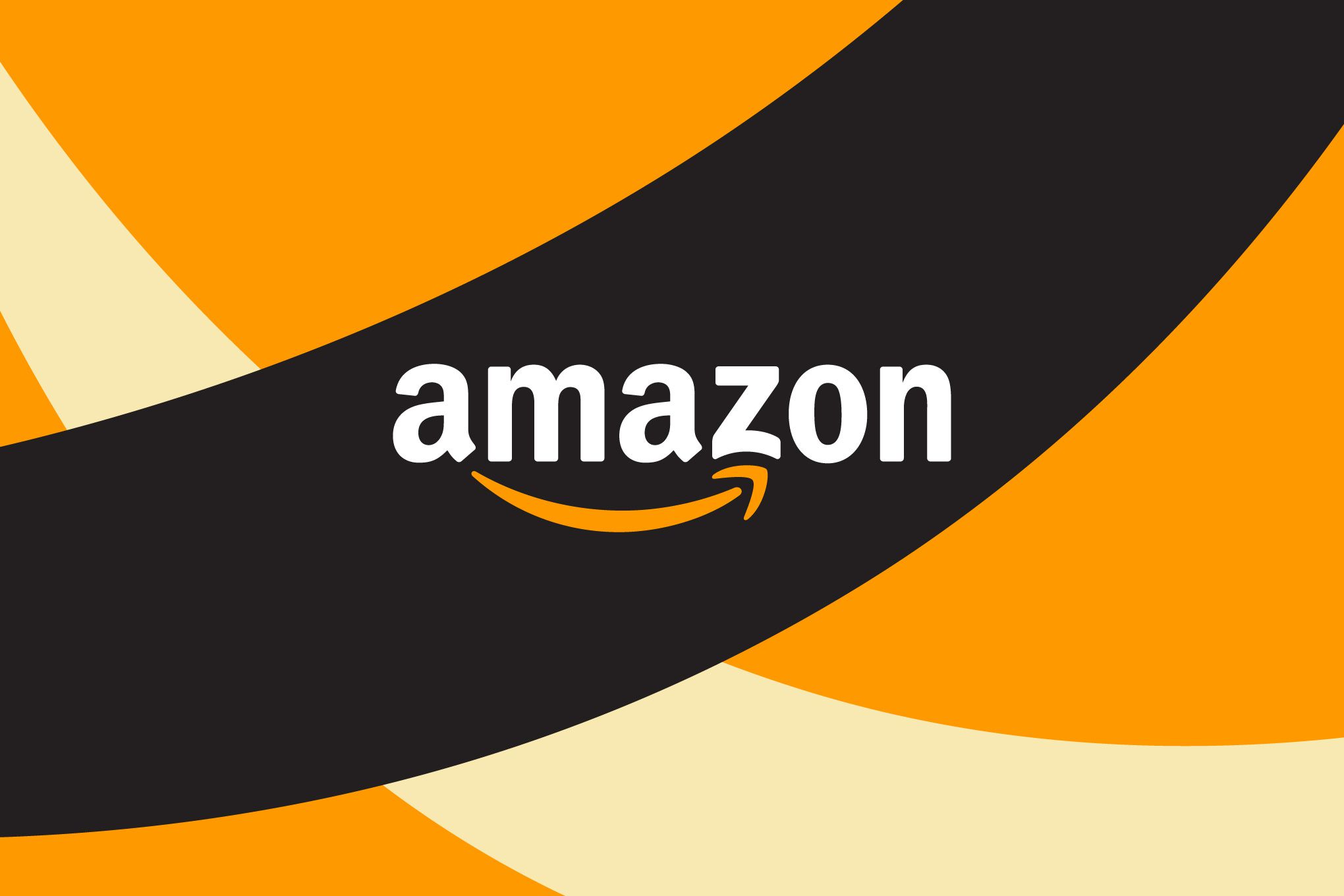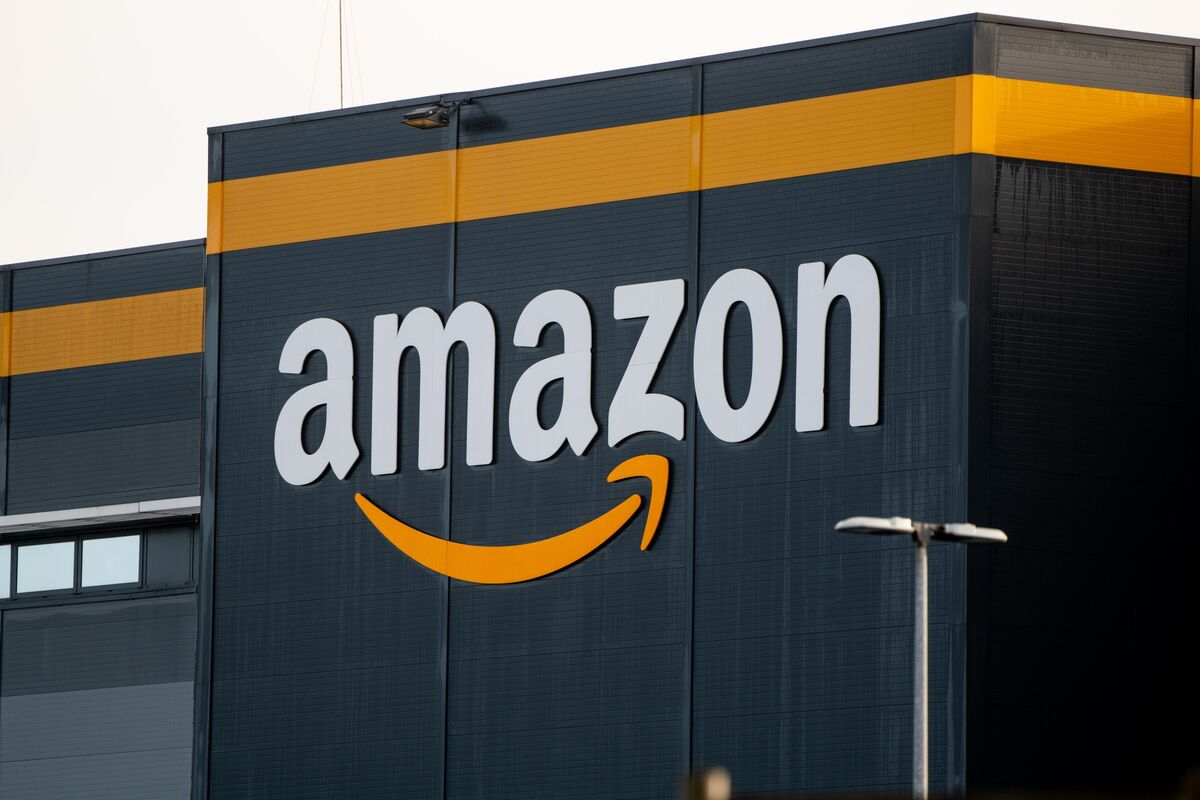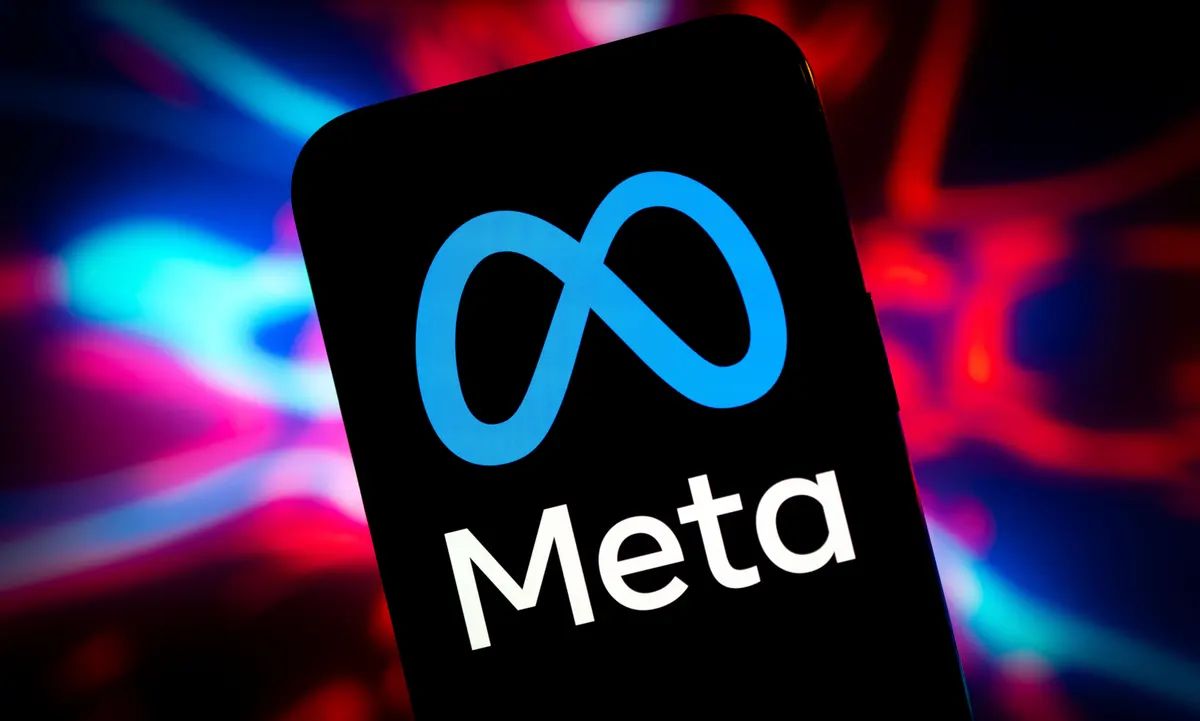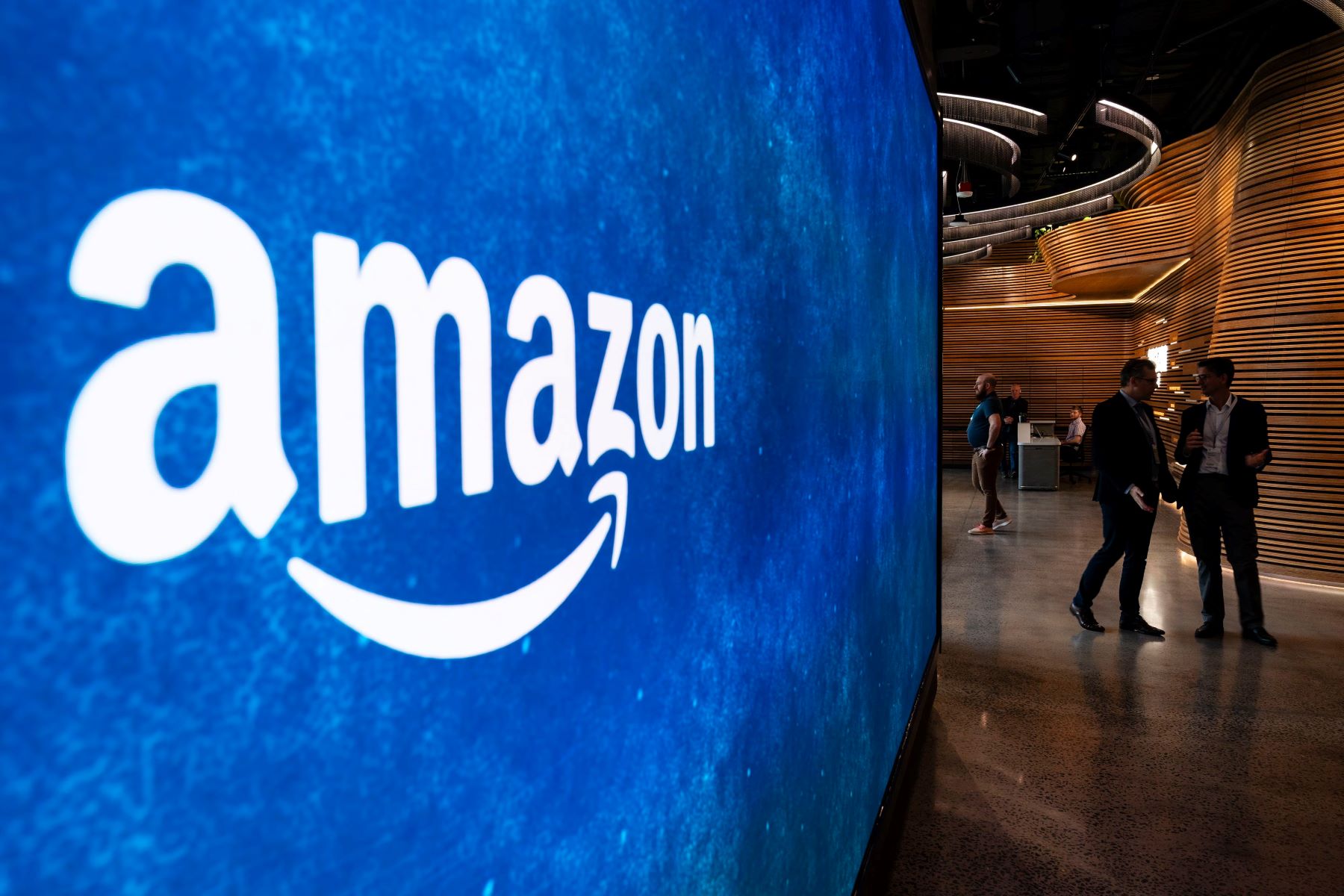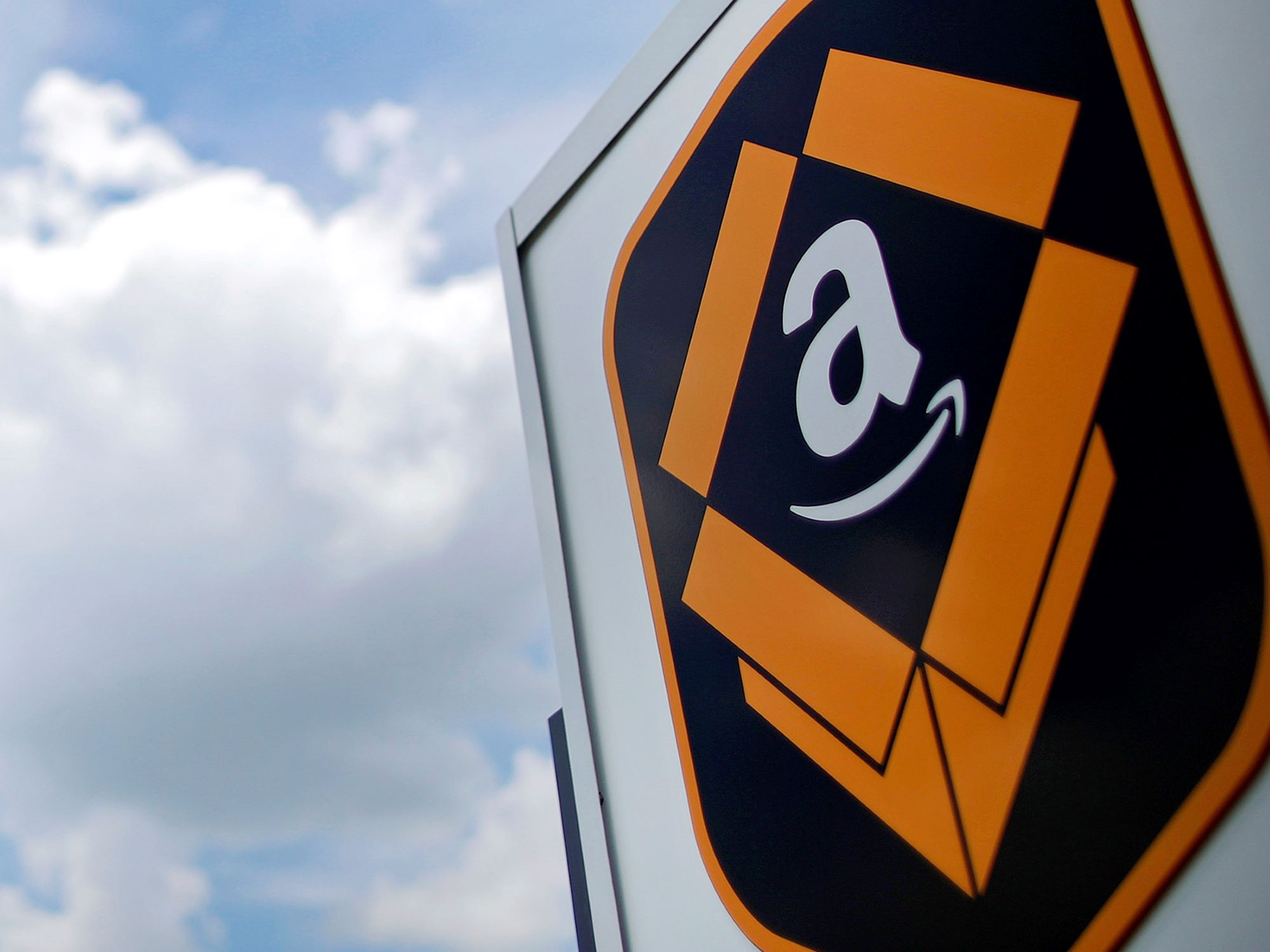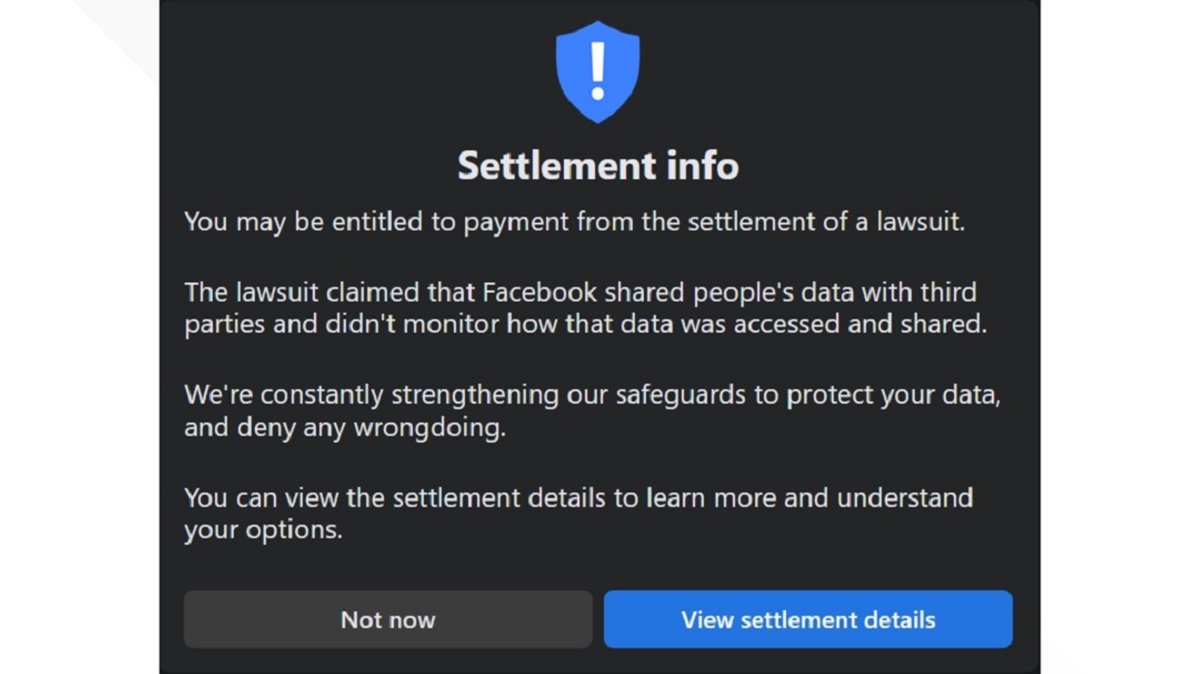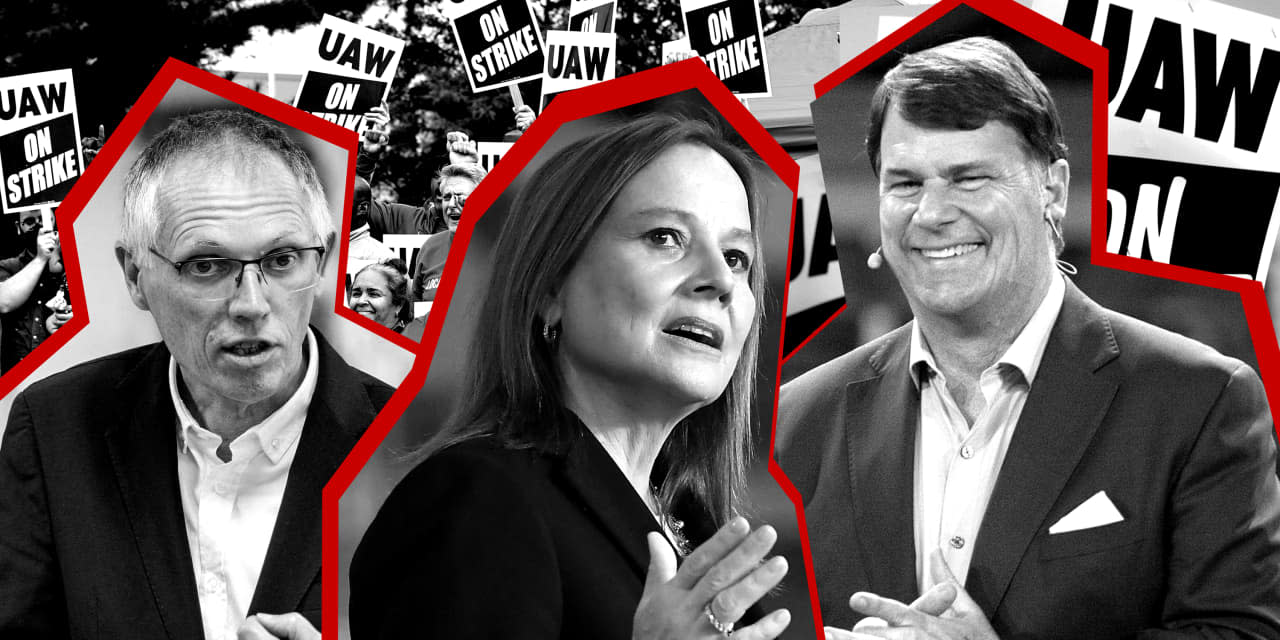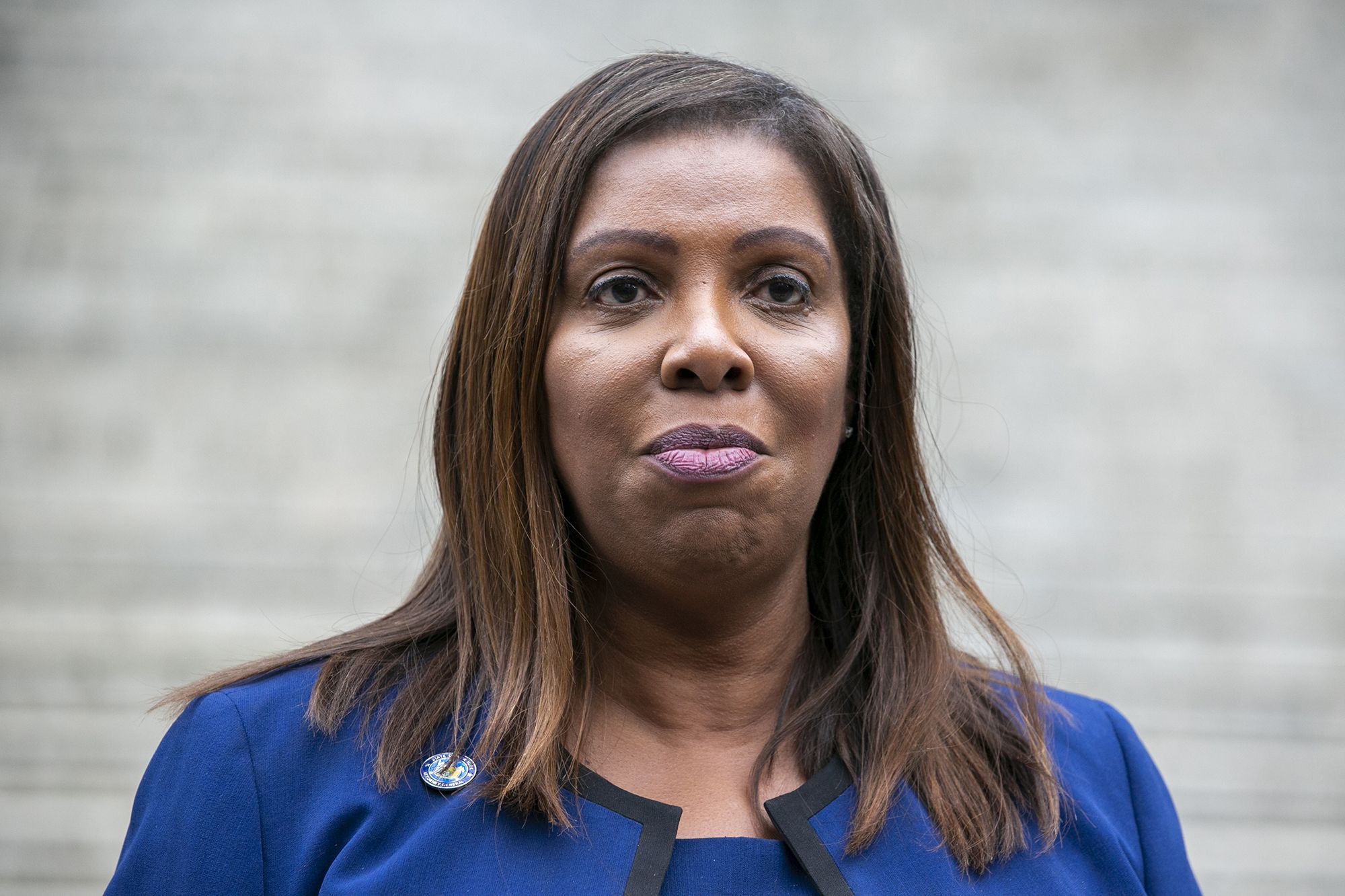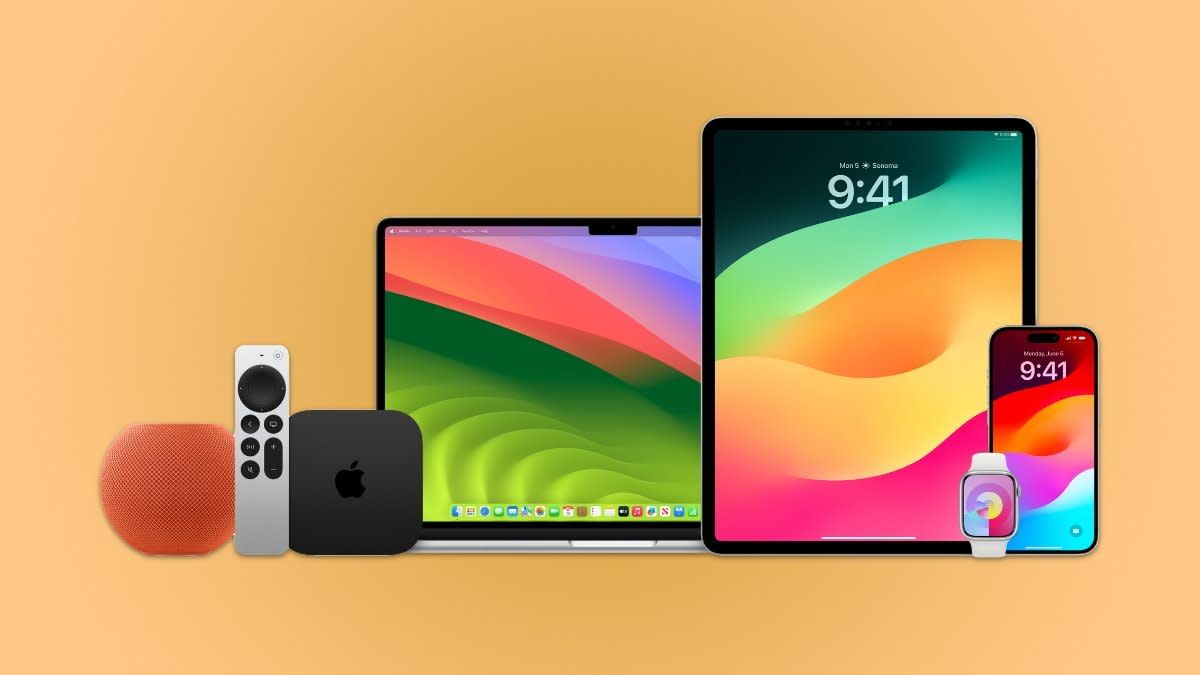Recently unredacted documents from the FTC’s antitrust lawsuit against Amazon reveal the existence of “Project Nessie,” an algorithmic pricing scheme that reportedly earned the company a staggering $1.4 billion. The lawsuit alleges various anti-competitive practices, including price manipulation, with Nessie serving as the prime example.
Key Takeaway
Amazon’s secretive algorithmic pricing scheme, known as “Project Nessie,” is revealed to have generated
.4 billion in additional profits for the company. The scheme involved raising prices strategically on specific products where Amazon predicted other online retailers would follow suit.
The Unveiling of Project Nessie
Prior to the unredacted lawsuit, Project Nessie was shrouded in secrecy, with every mention and detailed section concealed by black bars. However, in the interest of public transparency, the court ruled that these redactions must be disclosed, shedding light on the controversial pricing algorithm.
Now, the unredacted lawsuit provides a comprehensive account of Project Nessie. The algorithm’s purpose was to identify products where Amazon anticipated other online retailers would raise their prices following Amazon’s own increases. Upon activation, Nessie would automatically raise prices on these specific products, and once other retailers caught on, the elevated prices would remain in place.
The Strategy Behind Nessie
Amazon’s analysis revealed that while some retailers consistently matched Amazon’s pricing, others did not. This presented a challenge for Amazon, as customers might be inclined to shop elsewhere if they found lower prices. To counter this, Project Nessie targeted products where Amazon had a sole or dominant seller position.
For instance, if Amazon raised the price of a sheet set from $25 to $30, Bed Bath and Beyond might have also increased their price, but Walmart would refrain from doing so, keeping their price at $25. In this situation, Amazon lost potential customers to Walmart due to the lower price.
However, if Amazon raised the price of a keyboard from $30 to $40, and the keyboard’s manufacturer was the only other retailer selling it, they would match Amazon’s increase to avoid losing sales. This allowed Amazon to profit an extra $10 per item, as no competitor offered a cheaper price. Unfortunately, customers ended up paying the additional cost.
By systematically identifying which products and competitors would result in successful price increases, Amazon could exploit this knowledge to raise prices and maximize profits.
Amazon’s Response and the Future of Nessie
Amazon disputes the characterization of Project Nessie as a tool to prevent unsustainable low prices. They claim the project aimed to prevent price matching outcomes that were “unusual” and “unsustainable.” According to Amazon, the project only ran for a few years on a subset of products before being discontinued.
However, the FTC’s cited documents contradict Amazon’s statement. Project Nessie operated for five years, generating substantial additional profits of $1.4 billion. Amazon itself referred to Nessie as “an incredible success.” Furthermore, in 2022, the CEO of Worldwide Amazon Stores, Doug Herrington, hinted at the potential reactivation of Nessie to boost retail profits.
While Amazon refused to provide further comment on these seeming contradictions, they may present more detailed refutations in their court filings. The future of Nessie remains uncertain, but given the scrutiny and public attention, its reemergence seems unlikely at this time.







